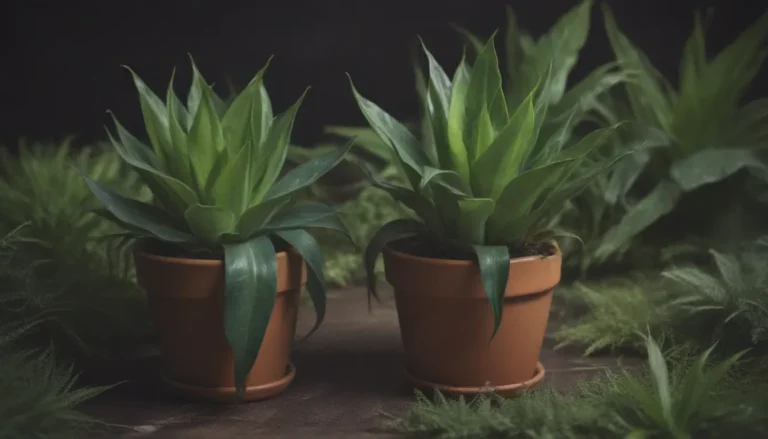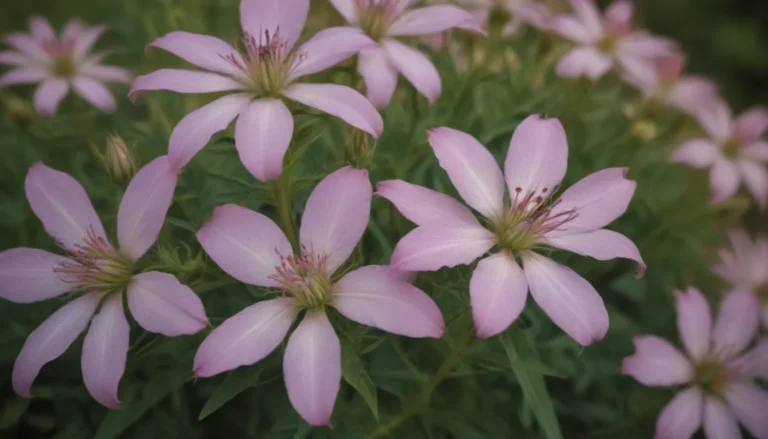Comprehensive Guide to Growing and Caring for Torch Ginger Plants

If you’re looking to add a touch of the tropics to your garden, torch ginger (Etlingera elatior) is the plant for you! With its colorful blooms that resemble a torch, this perennial tropical plant is sure to make a statement in any garden. Besides being a stunning ornamental plant, torch ginger also offers the additional benefit of being used in floral arrangements and cooking, thanks to its sour-sweet flavor.
In this comprehensive guide, we will walk you through everything you need to know about growing and caring for torch ginger plants. From planting to propagation, we’ve got you covered with valuable information to help you successfully cultivate and maintain this exotic beauty in your garden.
Getting to Know Torch Ginger
Before we dive into the nitty-gritty of caring for torch ginger plants, let’s familiarize ourselves with this unique species:
- Torch ginger plants have a quick growth rate and can grow up to 15 feet tall and nearly as wide in the warm, humid climates they prefer.
- The blooms of torch ginger are cone-shaped, surrounded by large, slightly drooping bracts that resemble petals.
- The plant’s upright stems have leathery leaves that can grow up to 3 feet long with a central groove.
- Torch ginger is available in various varieties based on flower colors such as red, white, pink, and more.
Now that you have an idea of what to expect from torch ginger plants, let’s move on to the essential care tips to help your plant thrive.
Torch Ginger Care Tips
To ensure your torch ginger plant grows healthy and vibrant, follow these care guidelines:
Light
- Torch ginger plants thrive in full sun to partial shade, requiring at least three hours of direct sunlight daily.
- Protect the plant from harsh afternoon sun to prevent foliage from getting scorched.
Soil
- Plant torch ginger in organically rich soil with good drainage.
- The soil should be slightly acidic to neutral with high potassium levels to aid in water uptake.
Water
- Keep the soil consistently moist, avoiding waterlogged conditions that can lead to root rot.
- Water the plant whenever the top 1 to 2 inches of soil has dried out, especially during warmer months.
Temperature and Humidity
- Torch ginger plants prefer warmth and humidity, with temperatures above 50 degrees.
- In dry climates, mulch around the plant can help retain soil moisture.
Fertilizer
- Feed torch ginger plants with a potassium-rich fertilizer throughout the growing season.
- Incorporate compost into the soil to boost organic matter levels.
By providing the right growing conditions and regular care, you can enjoy lush and vibrant torch ginger plants in your garden. But what if you want to propagate your plant or encourage blooming? Keep reading for more tips on these topics.
Propagating Torch Ginger Plants
Propagating torch ginger plants is a great way to expand your garden or prevent overcrowding. Here’s how you can easily propagate your torch ginger:
- Divide mature plants in the spring or summer to create new plants.
- Dividing not only creates new plants but also helps maintain the health of existing ones.
Growing Torch Ginger From Seed
If you prefer starting fresh from seeds, follow these steps to grow torch ginger from seed:
- Soak seeds overnight before planting.
- Plant seeds about 1/2 inch deep in a container of seed-starting mix.
- Keep the soil moist and place the container in a spot with indirect sunlight and temperatures between 77 and 86 degrees.
- Germination should occur within three to four weeks.
Encouraging Blooms in Torch Ginger
While torch ginger plants bloom throughout the year, it may take up to two years for them to flower. Here are some tips to encourage blooming in your torch ginger:
- Ensure the plant receives adequate light.
- Deadhead spent blooms to promote further flowering.
By following these steps, you can enjoy a continuous display of beautiful torch ginger blooms in your garden.
Common Problems and Solutions
While torch ginger plants generally grow without issues in their native environment, certain problems may arise under unfavorable conditions. Here are some common problems and solutions for torch ginger plants:
Leaves Turning Brown
- Brown leaf margins are often a sign of inadequate watering or humidity.
- Ensure the soil remains lightly moist and provide adequate humidity to prevent browning.
Torch Ginger Beyond the Garden
Apart from its aesthetic appeal and culinary potential, torch ginger offers a unique addition to your garden with its vibrant blooms and distinct foliage. Here are a few additional facts about torch ginger plants:
- The entire plant, including the flower buds and stems, is edible.
- The plant’s citrusy taste with sweet and sour floral notes sets it apart from traditional ginger root.
- While torch ginger can be grown as a houseplant, replicating its natural environment indoors may be challenging.
In conclusion, torch ginger plants are a tropical delight that can elevate any garden with their colorful blooms and lush foliage. By following the care tips outlined in this guide, you can cultivate healthy and vibrant torch ginger plants that will thrive in your garden for years to come.
References:
– Etlingera elatior. Missouri Botanical Garden.
– Potassium for crop production. University of Minnesota Extension.
– Ginger, Zingiber officinale. University of Wisconsin-Madison Division of Extension.
Whether you’re a seasoned gardener or a novice plant enthusiast, torch ginger plants are a rewarding addition to any outdoor space. With their tropical allure and striking appearance, torch ginger plants are sure to captivate your senses and add a vibrant touch to your garden landscape. So why not give torch ginger a try and bring a taste of the tropics to your home garden today!





